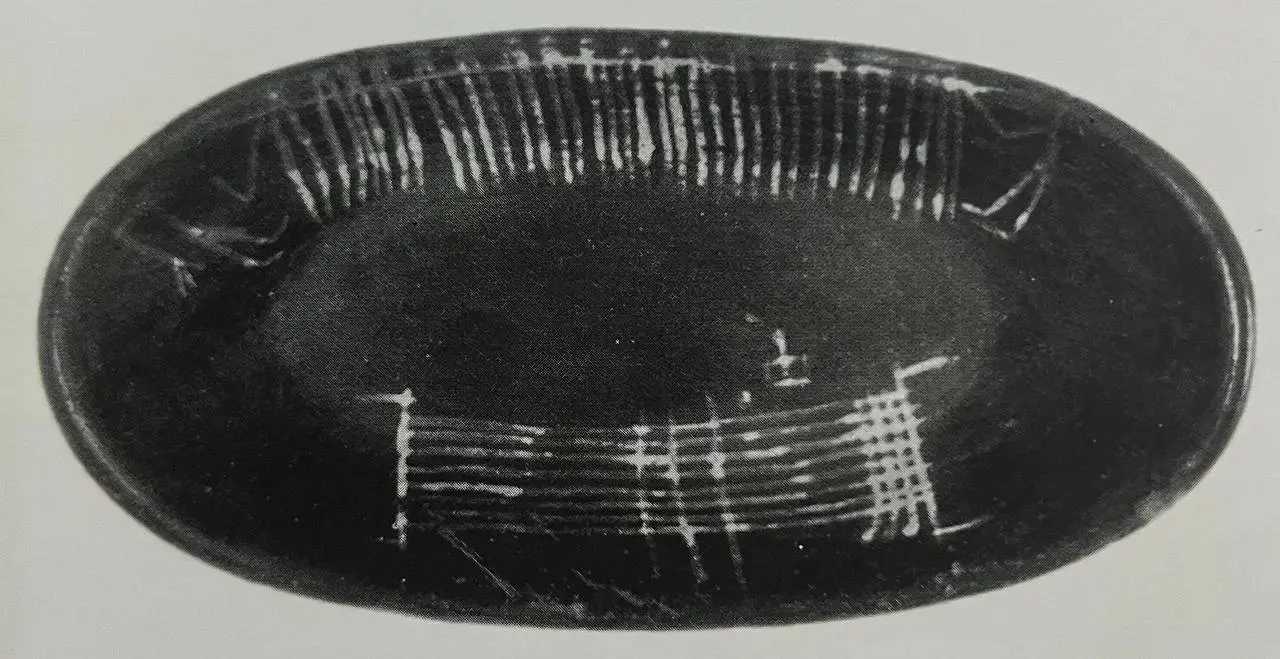The source of weaving in proofs
Weaving technique was the answer to the needs of human to cover and support himself against cold and heat. This is one the oldest actions done by human. https://fhciran.com/ The source of weaving in historical and archaic proofs
There are a lot of historical and archaic proofs that let us propose hypotheses in this regard.
Since long time ago human has used simple textiles that only was composed of spinning in both the warp and weft of fibers or lint. These primary carpets woven piley had spread throughout the ancient world.
Discovering fiber and working on that launched weav-ing. Neither plant fiber nor animal fiber can be used in the way they are accessible in the nature, so it’s needed to perform complicated processes to be able to be benefitted of its features and be workable. For instance, for wool, it’s necessary to pass steps of shear-ing, separating wool of skin and spinning and for flax it’s obligatory to steep it in water. The documents of doing these steps in Europe and east in sixth millennium exist. Using textile fibers and woven in long periods ago was confirmed by archaists by enjoying some special features: fibers and woven which were composed of degradable materials and some changes were made compared with the time they had woven or fibers that were totally perished due to the wetness of the ground after their burial. But the steps of changing were stopped in some special climate, for example, woven which have been preserves in Egypt owing to dryness of the ground and natural ventilation in sandy ground, or like some discovered parts in permafrost located in Central Asia or in the marshes of northern Eu-rope.

The source of weaving in historical and archaic proofs
The origin of the oldest discovered woven fiber is Central Anatolia, an ancient district called Çatalhöyük where an old city related to the Neolithic period from the sixth to the fourth millennium BC, that its residents were mostly farmers and ranchers. Some fossils of burnt woven have been found in this location dating back to the sixth millennium BC: recognition of the material of fiber seemed difficult: in first step, the hypothesis was brought up that it’s from wool but further research and analysis done by electronic microscope indicated that it should be a kind of plant fiber and probably it’s woven by flax. There are more proofs found to indicate the usage of flax in various locations such as northern west of Iraq and the seeds of this plant dating back to the fifth millennium BC were frequently found in there and a dessert in occupied Palestine, which are remained from slave of Nahal Hamer dating back to the seventh millennium BC. There are lots of proofs showing usage of flax fibers in Egypt and Syria between second and fifth millennium BC. Also in Europe, especially in Switzerland and Germany in locations related to Neolithic period, woven items, fibers and weaving instruments were found and there was evidence indicating the usage of hemp. Weaving textiles of flax was frequent in all fields of bordering the Mediterranean and the Middle East. In some discovered cuneiform texts from Uruk, some breeds of sheep are named.
https://en.wikipedia.org/wiki/Persian_carpet The source of weaving in historical and archaic proofs

Iranian handwoven rug
InEgypt, in historical places, there were a lot of remained items and in Mesopotamia an iconic goddess obtained that was wrapped in a woolen coat. There are proofs showing technical abilities of employing fibers in the past that confirm various kinds of primary versions of spinning, weaving and dyeing machines: among the most significant aforementioned machines, we can mention the cup from Badari, a location in Egypt and related to Neolithic period and forth millennium BC, which shows a working horizontal carpet loom. A fragmented glass discovered in Tall-e-Agrab, which is related to third millennium BC, shows three simple images of weights of spinning machine having a handle to keep the duke. We can spin machines and duke in the entire east and the process has been done mostly in homes rather than workshops like what is seen on the walls of the tomb of Baqta Beni Hassan. They have illustrated all stages of spinning the fibers to wet them in the tanks and weaving on the horizontal carpet looms and washing the final wove product. It’s impossible to say exactly that some of these woven are carpet, it means piley or knotted woven: researchers believe that in the past, weaving technique had been accomplished using abundant wool and animal hair and archaeological findings confirm this hypothesis.

